Product Details
Ceramic series, with ultra-low density, ultra-light weight, and ultra-low eccentricity under ultra-high rotate speed, to solve the problem of mandrel insufficient rigidity, easy-to-beat and vibration
X-ray of a hip replacement.
The modern-day total hip substitute was pioneered by Sir John Charnley, specialist in tribology at Wrightington Hospital, England in the 1960s. He found that joint surfaces should be changed by way of implants cemented to the bone. His format consisted of a stainless metal one-piece femoral stem and head and a polyethylene, acetabular component, each of which were constant to the bone the usage of PMMA (acrylic) bone cement. For over two decades, the Charnley Low Friction Arthroplasty and its spinoff designs had been the most-used systems in the world. This fashioned the foundation for all cutting-edge hip implants.

 +86-021-50327060
+86-021-50327060
 zq@lzqtech.com
zq@lzqtech.com
 Medical Instrument
We can achieve perfect edge quality and dimensional tolerance up to±0.0005mm (±0.5μm) in the process of micro, ultra-long, ultra-thin, super-abrasive, impact-resistant, high-precision and combined ... VIEW MORE
Medical Instrument
We can achieve perfect edge quality and dimensional tolerance up to±0.0005mm (±0.5μm) in the process of micro, ultra-long, ultra-thin, super-abrasive, impact-resistant, high-precision and combined ... VIEW MORE Implant
Corresponding and matching drills and tools of different types, forms, shapes, structures can be high precisely ground to mold according to different brands and different types of implants forms, shap... VIEW MORE
Implant
Corresponding and matching drills and tools of different types, forms, shapes, structures can be high precisely ground to mold according to different brands and different types of implants forms, shap... VIEW MORE Cutting Tools
Super-hardness machining for special, non-standard new ite ms with different size and tolerance. VIEW MORE
Cutting Tools
Super-hardness machining for special, non-standard new ite ms with different size and tolerance. VIEW MORE Accessory Parts
we can customize for you according to your samples or drawings for any manufacturing of ceramic,carbide,stainless high-speed steel, stainless steel, titanium alloy, titanium diamond, etc series, hig... VIEW MORE
Accessory Parts
we can customize for you according to your samples or drawings for any manufacturing of ceramic,carbide,stainless high-speed steel, stainless steel, titanium alloy, titanium diamond, etc series, hig... VIEW MORE

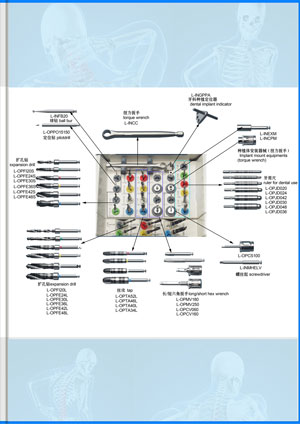

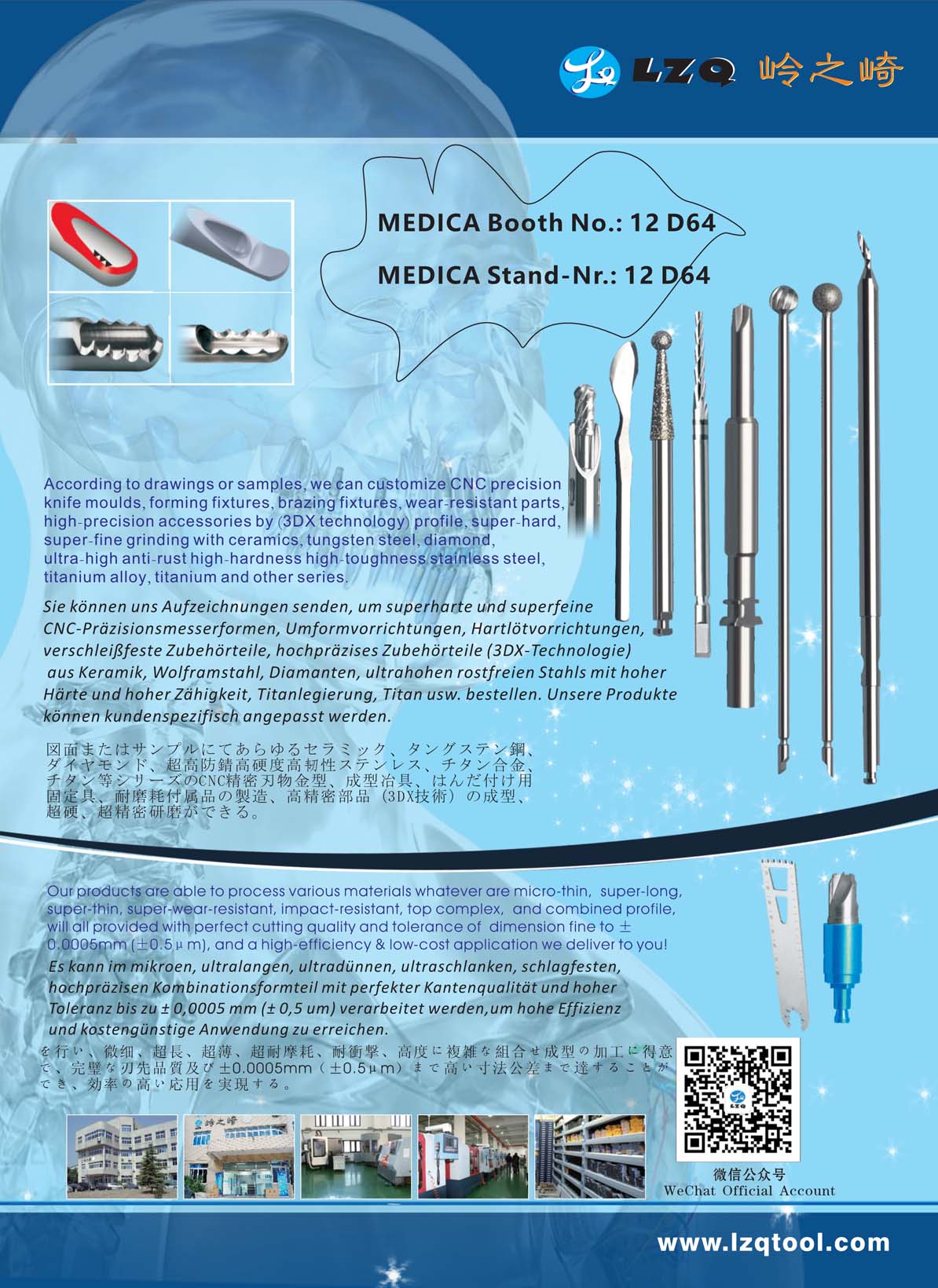
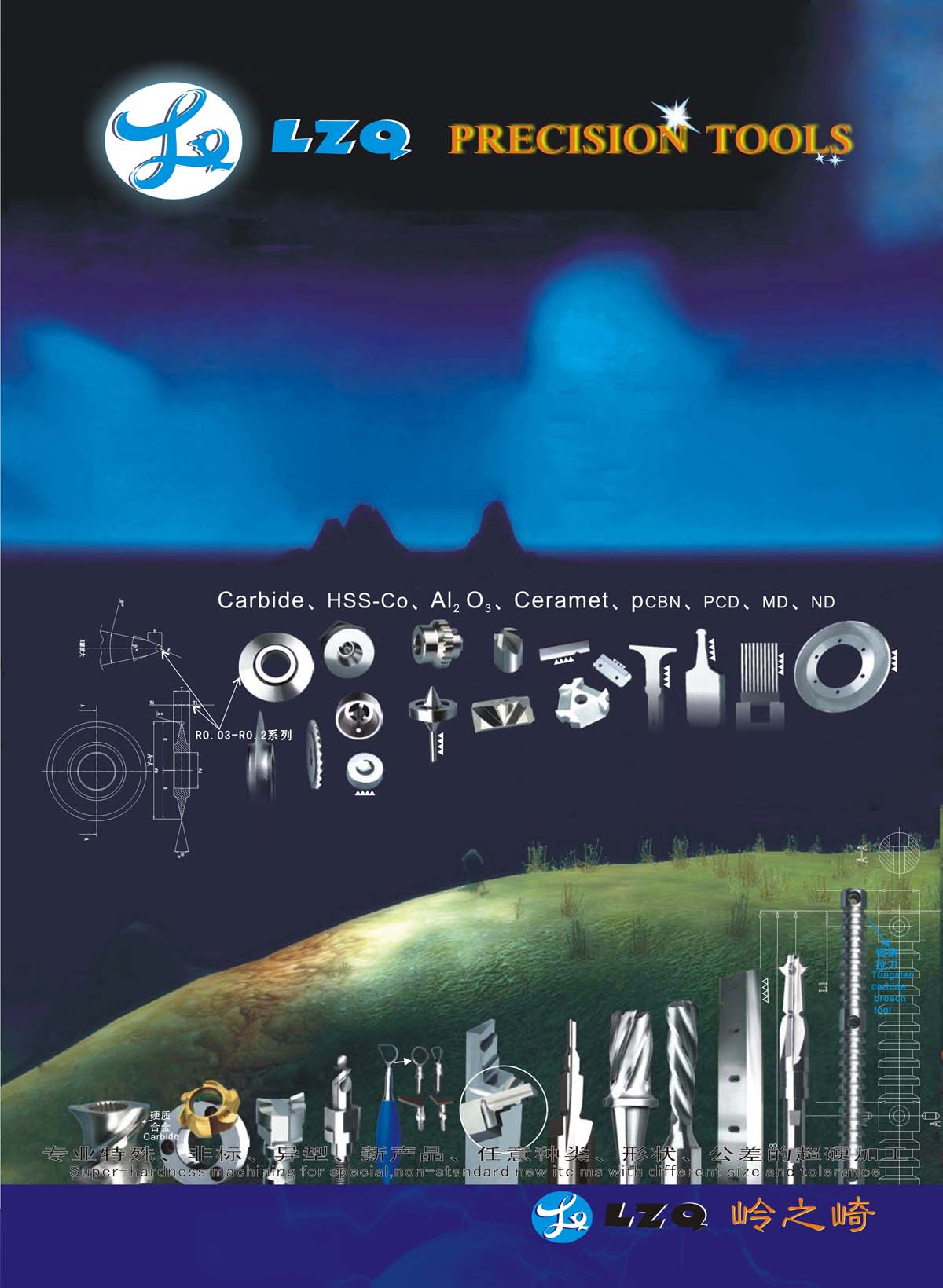
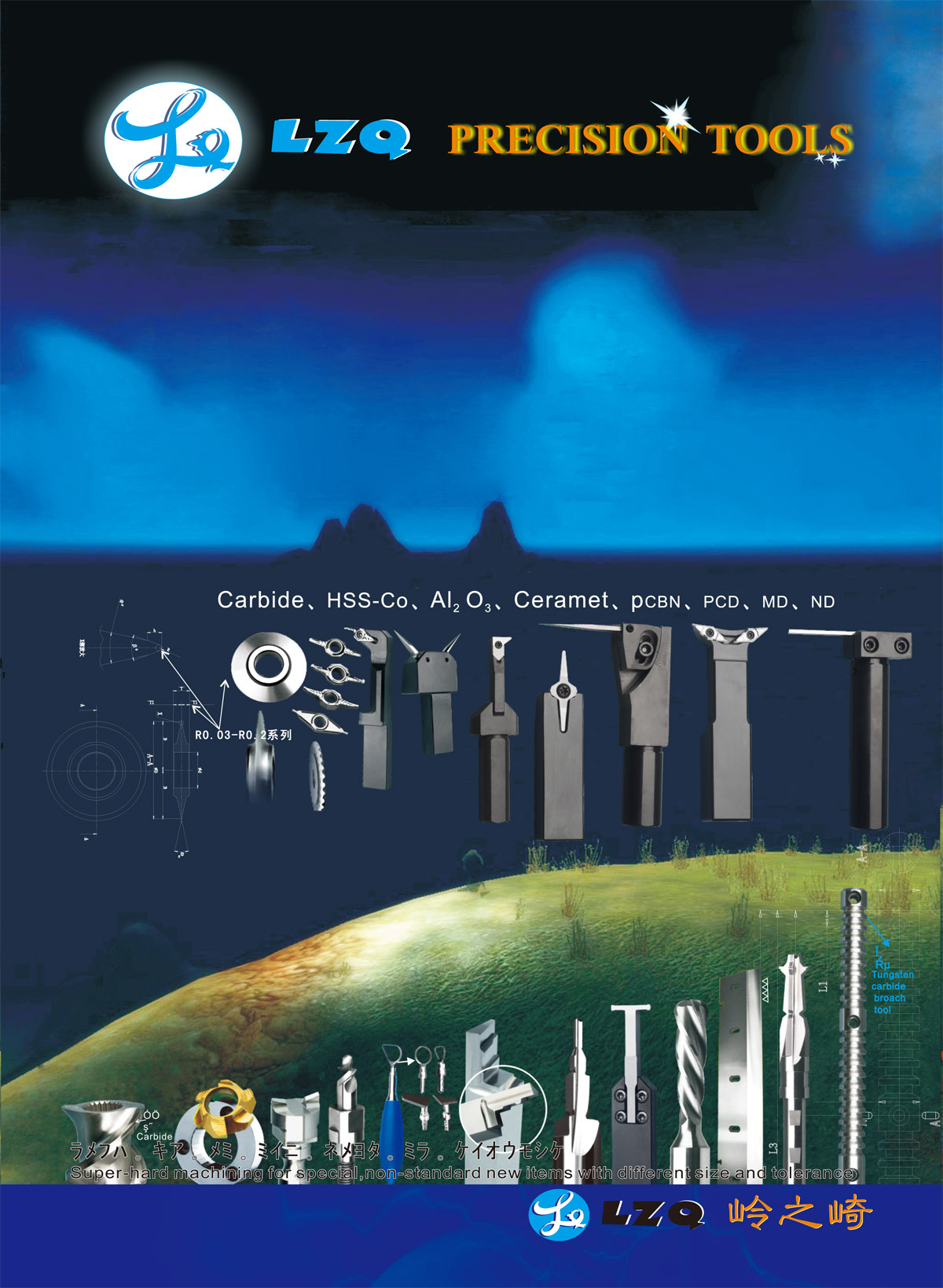




















.webp)


.webp)











.webp)







.webp)






.webp)












.webp)
















.webp)






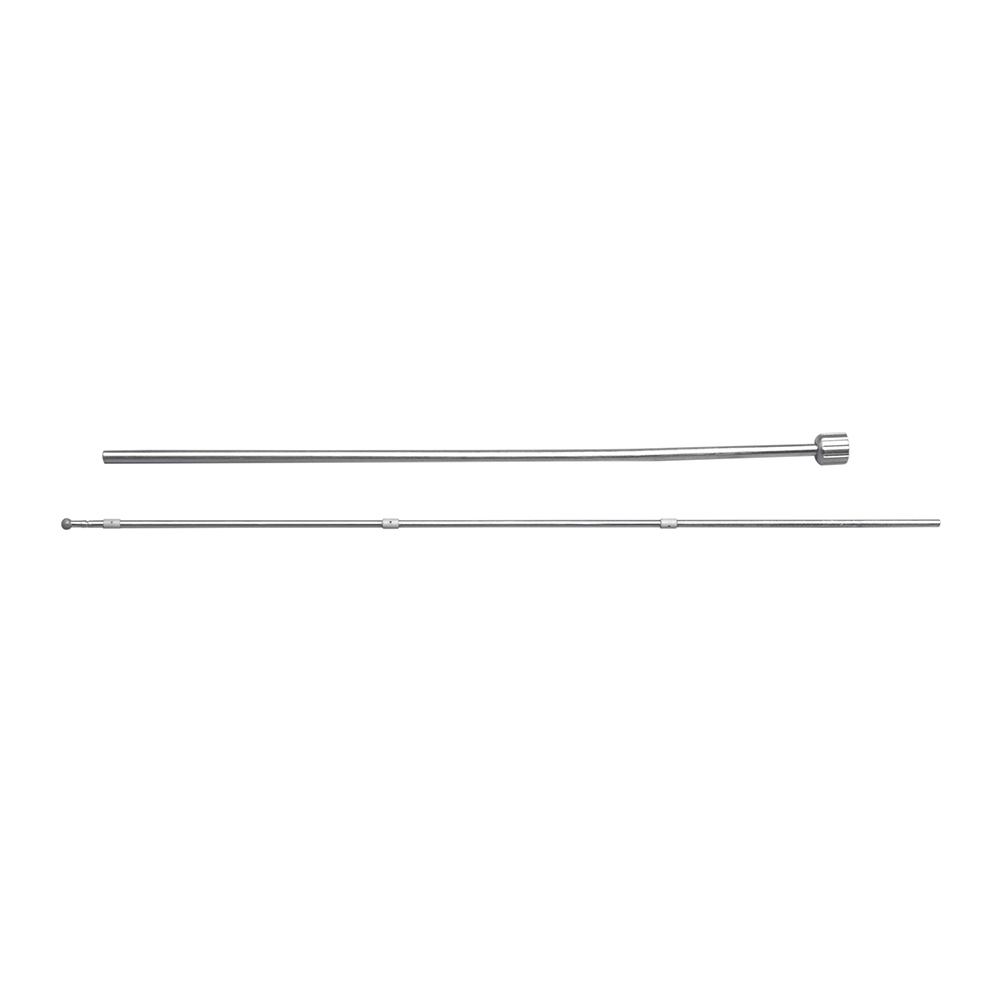






.webp)










 +86-021-50327060
+86-021-50327060 
 NO.1269 Plant, Jinhu Road, Jinqiao Export Processing Zone, Pudong New District, Shanghai, China.
NO.1269 Plant, Jinhu Road, Jinqiao Export Processing Zone, Pudong New District, Shanghai, China. 
